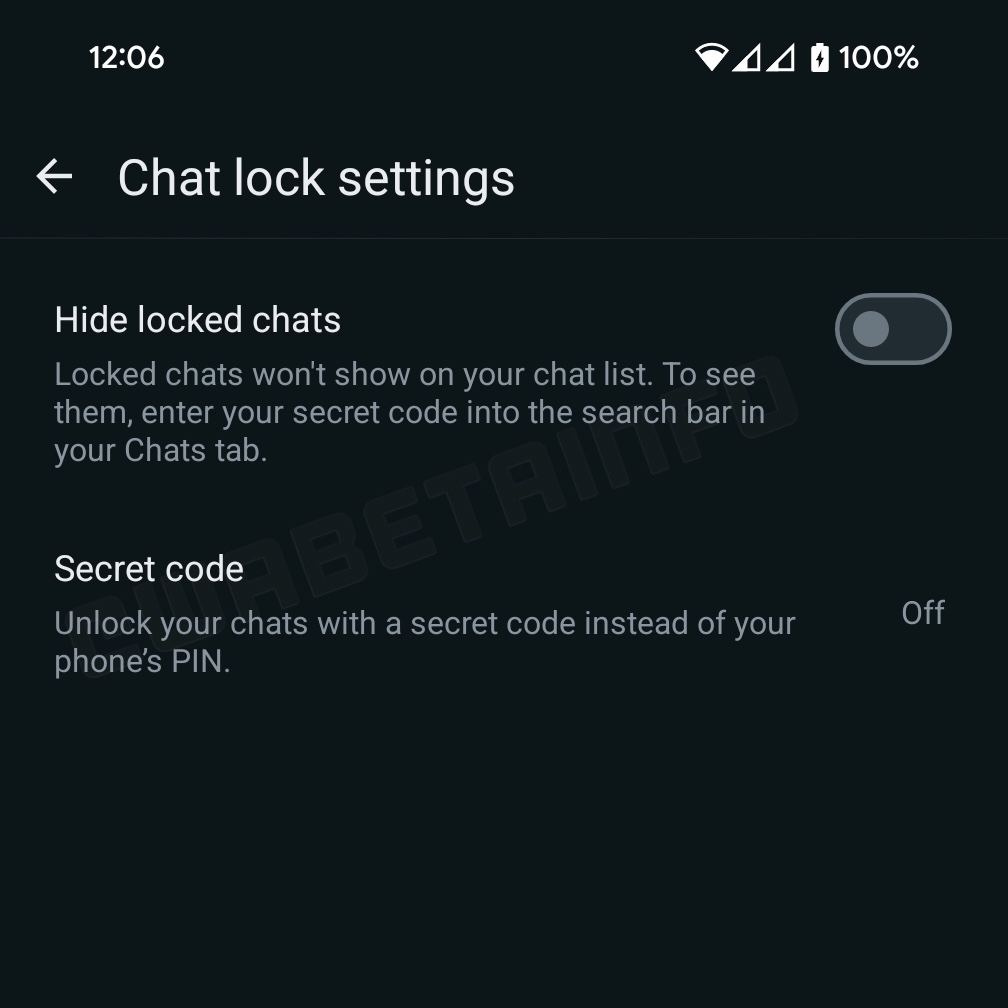WhatsApp has introduced a new feature called Secret Code for locked chats, designed to provide an extra layer of security for sensitive conversations, according to Meta CEO Mark Zuckerberg. This move is aimed at ensuring privacy in the digital age.
The Secret Code feature extends the already existing Chat Lock functionality. It allows users to hide their locked chats behind a secret code. This means that even if you hand over your phone to someone, your sensitive conversations stay concealed. Previously, locked chats were accessible through fingerprint or Face ID, but now, they can be further secured with a password or a phrase, adding robustness to the privacy measures.

Activating this feature is a breeze. Gadgets 360, having tested the feature on the beta version of the Android app, outlines the process. Firstly, open the list of locked chats and navigate to the chat lock settings. Here, you’ll find the option to ‘Hide locked chats‘. Once you toggle this and set a secret code, your locked chats vanish from the main chat window. To access them again, simply enter the secret code in the WhatsApp search bar.
An interesting aspect of this feature is the temporary visibility of locked chats. Once you enter the secret code in the search bar, your protected conversations become visible. However, this visibility is temporary and only lasts until you exit the app, ensuring that your chats are secure even if you forget to close them.
WhatsApp understands that user needs may vary. Therefore, if you decide that hiding your chats isn’t necessary, reverting to the original settings is straightforward. Access the list of locked chats using your secret code, then navigate to the chat lock settings to disable the ‘Hide locked chats‘ feature.
Another notable update is the simplified process of locking a chat. Instead of entering individual chat settings, users can now lock a chat by simply long-pressing it. This intuitive approach makes securing chats faster and more user-friendly.
The Secret Code feature has already started rolling out to users and will be available globally in the coming months. However, there’s no confirmation yet on whether this feature will be extended to WhatsApp for Desktop.

















